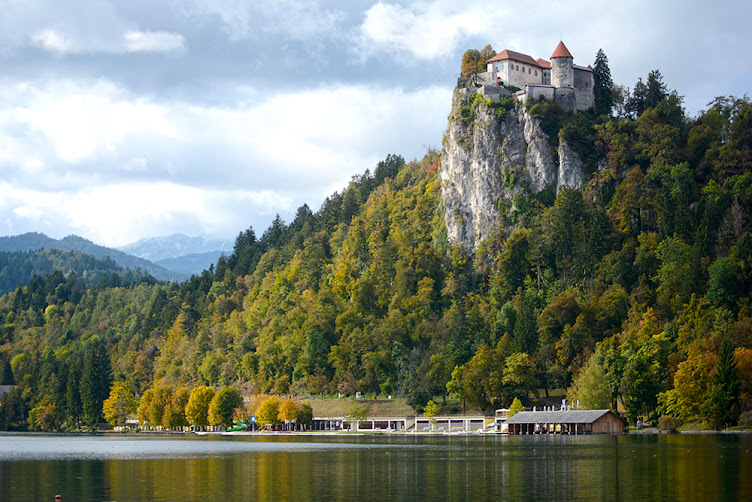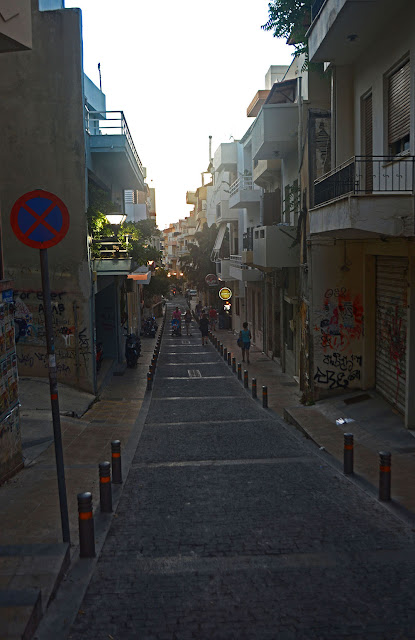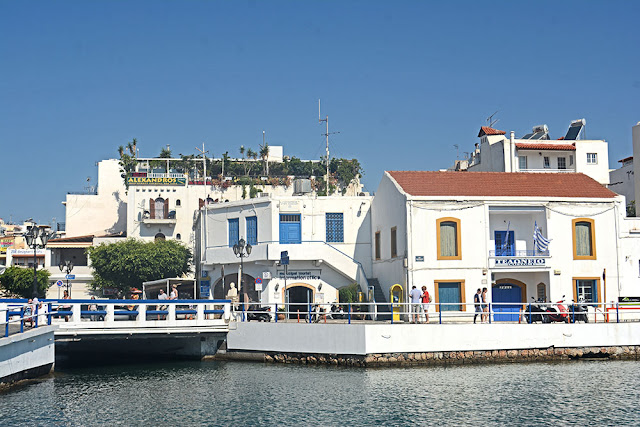Since I have an innate gift for the inessential, here it goes: I don't tan well. I try to console myself with the thought of some possible Celtic or Germanic ancestry, but the thing is, I usually go through the cottage cheese turns roast chicken then peels back into cottage cheese cycle. And nothing in between. So I was very positively impressed when the constant yet not violent exposure to a late summer Mediterranean sun actually did turn me into some shade of honeyish brown for once. I checked my limbs with a bewildered smug smile of finally having accomplished what I always thought to be impossible. Like James Bond nailing the most devious and uber smart super criminal of them all. Only my victories are much smaller.
But still, from the moment of my landing on the airport formerly known as Ferihegy I harboured but one thought: if the powers that be allowed me to tan ever so slightly for once, they might as well send some Indian summer weather so I can show it off. And the powers that be obliged. Bar for a day or so of what the Brits call pleasant temperatures in the high teens, September has been very kind. Maybe too kind, as a matter of fact, and then one day in October autumn will turn all chilly rain, frost and hell freezing over.
For now though, I can conclude that at the time of our nostalgic 'one month later' visit, Óbuda island still had very festival-ish temperatures, though not much else remained, besides discarded shoes. It's a strange thing, that- it's never items of clothing or small trinkets, but shoes that people choose to leave behind, even some that at first inspection look still wearable.
To further add to the splendour of the day, we finally managed to inspect some more exotic bits on the route of bus number 9. For the 9 had become something of a travelling circus during the spring renovation works on the Körút: it would pop up at the most unexpected of times in the most unexpected of places- at one point it was engaged in a nerve racking manoeuvre on our very street, which is pretty damn far from where the thing should be according to the BKK map. I had come to suspect that in some fascinating way the 9 had become ubiquitous and a portal to another time space continuum.
Even in its mundane state the 9 has one of the longest routes in the city, meandering all the way from Kőbánya to Óbuda, and we intercepted it close to its 'source', on Flórián ter. I remember being completely shocked and appalled when I found out that some Istanbulites never see the Bosphorus, but there I was, having so often heard of Flórián tér and never actually having seen it. Of course, you can't compare one of the main stages of world history to, uhm, a square with lots of socialist buildings, but the point is that we often live in cities and never get to know them beyond where our daily grind takes us.
We did manage to navigate the unknown wilderness of Flórián square to good
end, and located the Harapó Mókus (Biting Squirrel) restaurant, which had been
on our list of priorities for a while, due to its exciting name. The place is
in a charming and rather unexpected corner of the urban jungle, and the food
proved to be quite good as well- these people take the meat portions to be
served with strapacska very seriously indeed. And they have beer that won’t
kill you. So a win-win.
Other than then we kept to our usual inner city coffee dungeons (one of the
few things that really consoles you at the end of a holiday is that Budapest
has lots of awesome coffee places) and visited two food and beer fests,
Főzdefeszt and the street food festival connected to the European car free
weekend - of which we have no pictures, because food and beer, obviously. But I
did succeed in getting the compulsory autumn with empty streets in the
Városliget shot. So, I guess, let’s drink to that.




































































